“My life is sound… I breathe sound, I walk sound, I live sound,” says Sai Shravanam, Music Director, Music Arranger and Sound Engineer, even as he shared special moments from his journey with Apsaras Arts, over the years
Sai ji, you have been associated with Apsaras Arts for so many years now. Can you share with us what have been the key highlights of this association?
To me, it was always Aravinth Kumaraswamy and not Apsaras Arts. Because I have always interacted with Aravinth and not with any of the founders or other members of Apsaras Arts. All I know is AK, Aravinth Kumaraswamy.
I have also seen him as the principal person there, and Apsaras Arts is such a part of him. To me, he is an extraordinary visionary. I think of him as a silent worker, low profile but full of high spirits. The way he handles everything for Apsaras Arts will make you feel that Apsaras Arts is Aravinth Kumaraswamy and Aravinth Kumaraswamy is Apsaras Arts.
Honestly, I am not able to separate the organisation and an entity. But what I have known from Aravinth about Apsaras Arts is that he shared an incredible love for Neila Sathyalimgam Maami, the founder of Apsaras Arts, and every instance he keeps referring to her. Unfortunately, I have interacted with her only once.
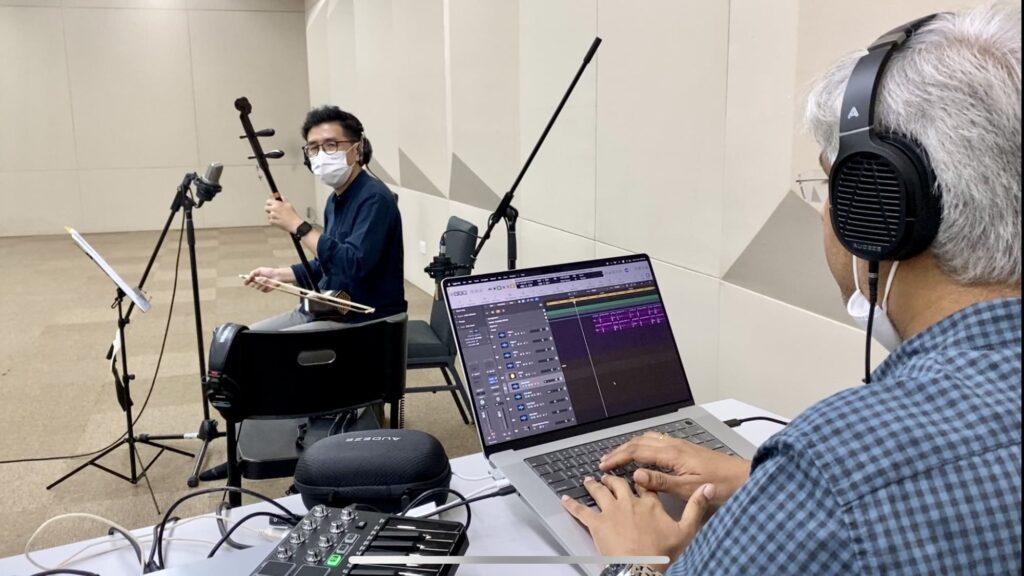
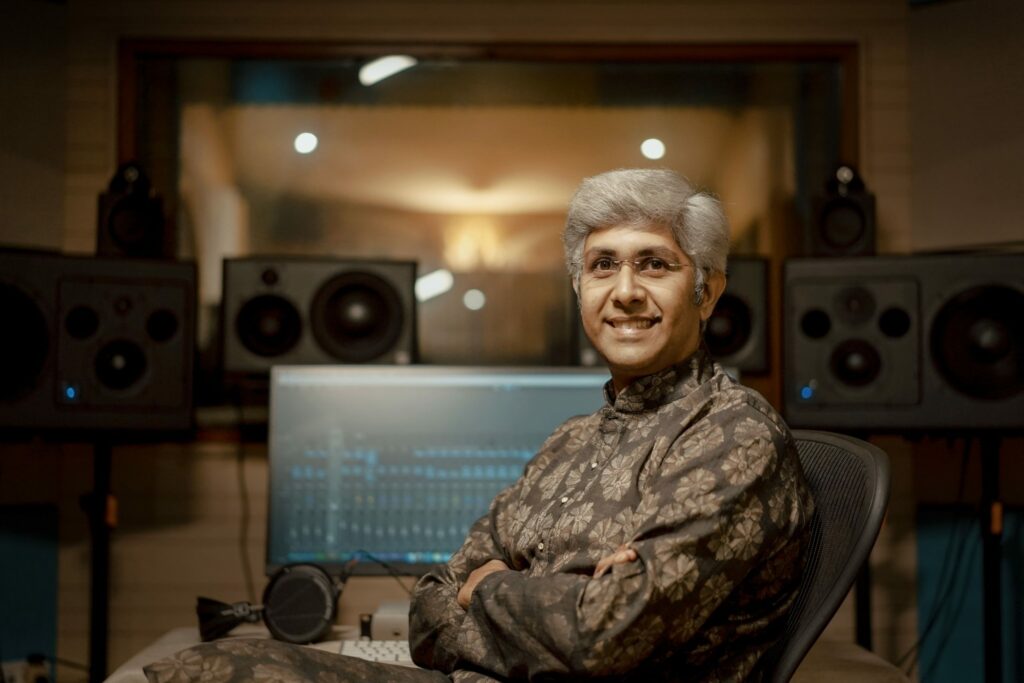
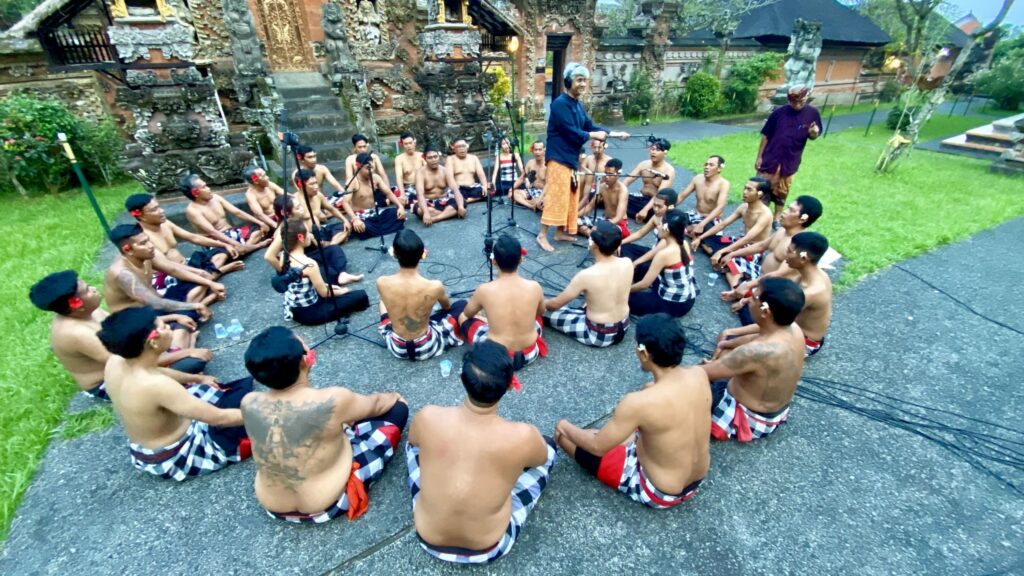

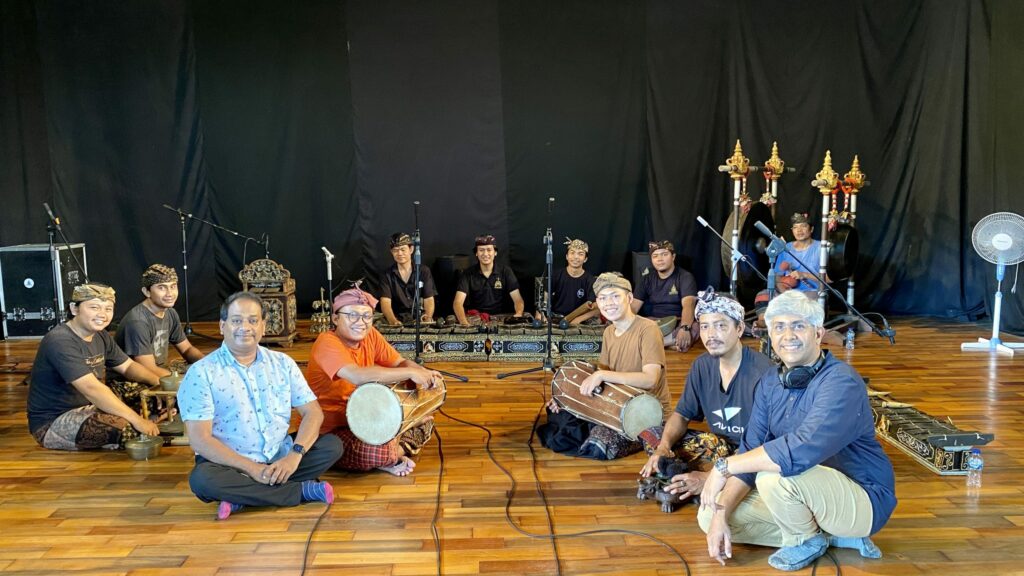

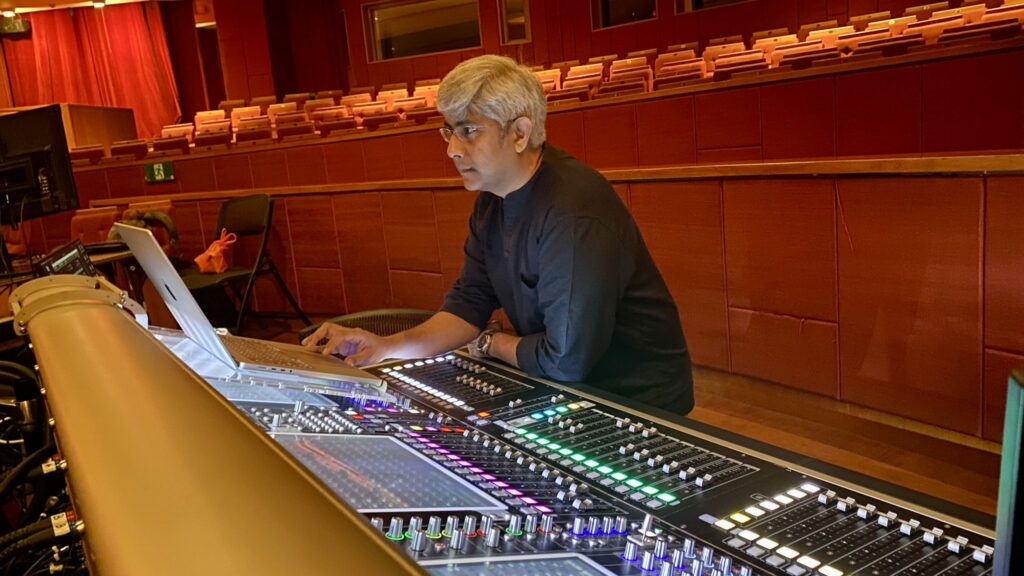
As a company, what I love the most about Apsaras Arts is that it is more than a mere company, it is a family. From day one of my association with Apsaras Arts, everyone there has been so warm and friendly, treating you like a member of the family and at no point as a client who works for a producer.
That feeling, I must admit, is very beautiful. There is a great sense of belonging here. As a result, creating work for/with Apsaras Arts over the years has always been about the joy of creating whatever I’d like to create; it has been a very creatively fulfilling platform for me, personally and I think the person who enables it all is Aravinth Kumaraswamy.
As a company, the spirit of Apsaras Arts is inherently collaborative. Can you share an experience from your years of working with them that demonstrates this idea of collaboration?
Trust is a very important part of any collaboration. I do not believe in collaborations that happen because one is knowledgeable in the arts. Collaborations happen because of the amalgamation of heart and the arts. This is very important.
I see Aravinth as a catalyst, in how he chooses people to do the work, the way he envisions a certain production and becoming the catalyst for people to realise their artistic dreams. What’s amazing is that he gives his collaborators space and freedom – be it lighting, composition, sound, stage, or an organisation like Esplanade that commissions Apsaras Arts to create and present a work.
His vision to ensure that everyone comes together to ensure the success of a production is truly amazing. I think that is called freedom. If I have to share a story, I remember this production Angkor where we were working with the Cambodian Gamelan. It was all very new for us – the production was on on altogether different scale including the feeling of performing Bharatanatyam in collaboration with Cambodian musicians.
It wasn’t easy for us to go overseas and create something just before the show. The risk therefore was that parts of the music were recorded and most of the music was live musicians, and some part of it would be a mix of live and recorded music, together. Honestly, it isn’t as easy as it sounds and it’s near impossible to pull this off without a great deal of homework and planning.
The good news with Aravinth is that the homework part is incredibly good that I just can’t even begin to describe it. Right from the way he prepares an excel sheet, to the way the rehearsals are spaced out and planned, everything is rigorous and meticulous with great attention to detail.
For the Angkor production too, the homework was so well done that the audience didn’t even know which part was recorded and which was done live or which parts were the coming together of both.
You have had the privilege of creating soundscapes for Apsaras Arts’ productions both small and big, for a while now. Is the planning and process of each of these works different and how has processes like these helped you personally, grow as an artiste?
Every time I have worked on soundscapes for Apsaras Arts, it has always been like a Eureka moment for me!
Personally, I always like to put myself in situations that I am not comfortable in/with and win them over. That’s my inherent nature – the need to explore and not create within a boundary.
So when the first production Angkor came in, I realised Aravinth’s vision was large, and it was impossible to do that with live musicians. It was not about the capability of the musicians but really more about the magnitude of the stage in Esplanade, the cast, etc. You need to have orchestral music for the sake of grandeur. Our Indian music is inherently horizontal and not vertical. We don’t have music with harmony. So it tends to be very monotonic.
For the very first time, in this project, we created a success story by mixing live music, recorded music and managing to mix them both. I can say that it was probably one of the very first shows that successfully ran for two full shows with live, recorded and gamelan music. And this was a feather on my cap as well as for Apsaras Arts.
The other production after this was Anjaneyam, which was even larger. Yet again, in this production too, we wanted to include recorded music, live music and add a slew of special effects to the music.
The whole project was inspired by special effects, all of which was triggered live by watching the drama unfold on the stage. So the recording adapts to the dance. There is a big difference when the dancer adapts to the recording vs the recording adapting to the dance, during a show.
Needless to say, Anjaneyam was another phenomenal success and another feather on my cap. All these were possible only because of Apsaras and Aravinth, who has truly enabled my journey as an artiste who continues to explore and experiment.
More recently, you also shared with us your journey of creating the fantastic soundscape for ARISI which looks, based on the trailers, a fantastic production. Could you talk to us specifically about what it was like to translate the very spirit of the soul of rise, from across traditions in a way that it becomes a perfect layering for a dance production.
ARISI is a magnum opus to say the least; it is a dream come true for all of us who have worked on it and also for those who have already witnessed it.
ARISI is an amazing idea by Aravinth; to think of a grain and to explore its story and impact on the world. In a sense, rice itself is like that; it is so tiny but it sustains the whole world. To me, literally what ARISI is to me in my daily life, ARISI is the same to me in my musical life. It is very big!
Initially, it was a very abstract idea, and I didnt know what I was going to do with it. I was the music director, composer and the creative collaborator in terms of sound track for ARISI. In this production, Aravinth wanted to bring together Balinese music, Kechak dance and the Singapore-Chinese orchestra. But the construct of each of these is so different because musically when they come together, because of their variation in pitch and melody, only asynchronous sounds will arise. The resultant effect would be like parallel lines and not meeting lines; how does one bring these parallel lines to meet each other? It was truly a difficult task!
In Singapore- Chinese orchestra, the instruments, their tuning and the way notations are read, are very different. Balinese musicians are instinctive in nature and they usually just play. Indian music is totally different. To bring them all together, I had to understand the individual music systems at large.
I travelled to Indonesia, then to Singapore, understood their music, filmed them, came back and spent quality time with Rajkukar Bharathi and together we scored music by bringing it all together in a manner that it did not sound like fusion music. So we had one music composed for ARISI, which was played by all of them. It was a big thing for all orchestra groups to be playing tailored compositions. And this to me is very very rare; you do not get to see such soundtracks, even in world-class productions.
The most special part of ARISI was that all the sounds were recorded outdoors. I captured the ambience of the Balinese temple as I felt it was unfair to duplicate these sounds in the studio. I decided to record all these Indonesian instruments outdoors, in temples, use the sounds as it is, as they sounded incredible. What can I say except that Arisi is truly a world music collaboration.
What are you currently working on?
One ongoing project is for Ustad Amjad Ali Khan and his sons. The other one I am working on is to do with a rhythm arrangement for AR Rahman’s next film. I am also working on the soundtracks of Charishnu for Leela Samson, where there are five different art forms that come together as one single art form. There’s also Yogi Babu’s next film and I’m also mixing Sean Roldan’s music for this very big film that’s on the anvil.
Let me just say that my life is engulfed with classical music on the one side, film music on the other, and there’s also a documentary on nature that I’m working on.
My life is sound. I breathe sound, I walk sound and I live sound.









